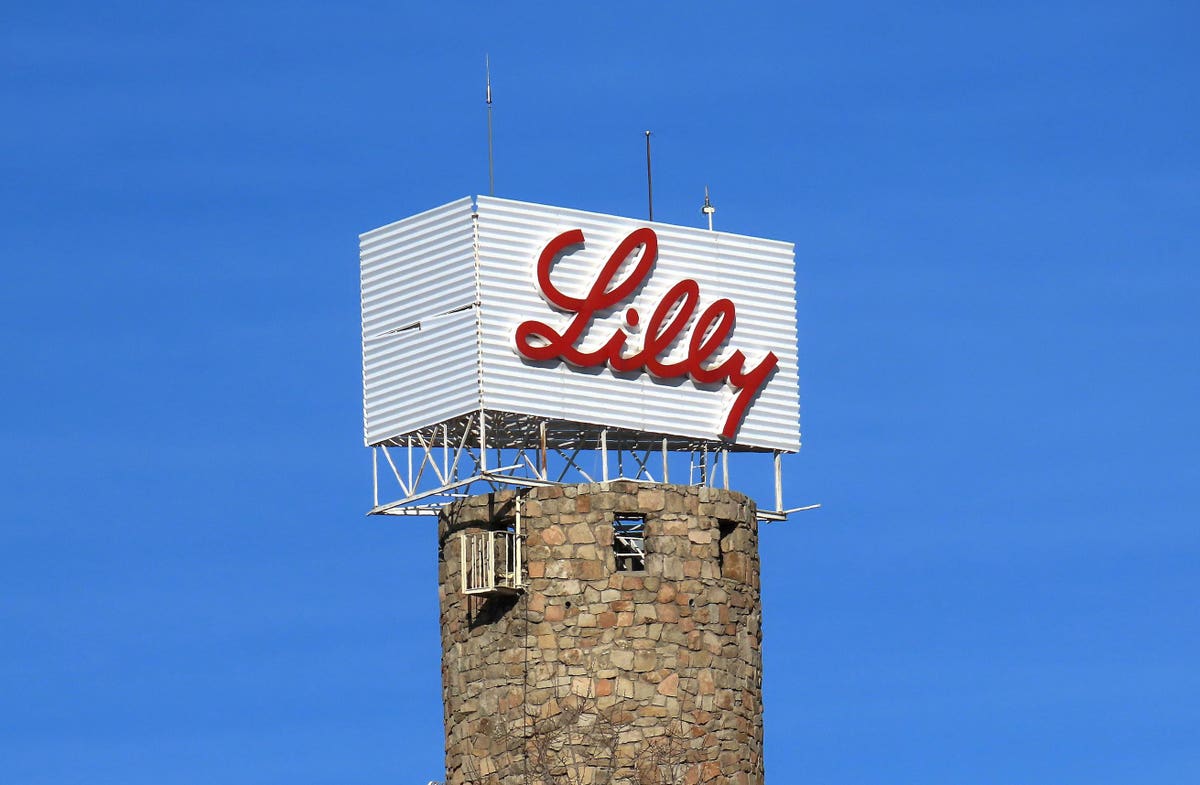We believe that AbbVie stock (NYSE: ABBV) is a better pick than its industry peer, Eli Lilly stock (NYSE: LLY). LLY stock trades at a higher valuation of 14.6x trailing revenues, compared to just 4.2x for AbbVie
ABBV
1. AbbVie’s Revenue Growth Is Better
- AbbVie’s revenue growth has been much better, with a 21.2% average annual growth rate in the last three years, compared to 8.7% for Eli Lilly.
- AbbVie’s revenue growth has been buoyed by its Allergan
AGN
- The company is best known for its blockbuster drug – Humira – used to treat rheumatoid arthritis and Crohn’s disease, among others. Humira garnered $21.2 billion in 2022 sales, reflecting a 3% y-o-y growth. Now, Humira’s biosimilar has already hit the European and the U.S. markets, weighing on the company’s sales.
- Eli Lilly’s revenue growth has been driven by continued market share gains for drugs such as Trulicity, Verzenio, Jardiance, and its Covid-19 antibodies. The company also secured U.S. FDA approval for its diabetes drug – Tirzepatide – which is expected to garner over $5 billion in peak sales.
- Even if we look at the last twelve-month period, AbbVie fares better with sales growth of 4.4% vs. -5.6% for Eli Lilly. However, this decline for Eli Lilly is primarily attributed to lower sales for its Covid-19 antibodies.
- Our AbbVie Revenue Comparison and Eli Lilly Revenue Comparison dashboards provide more insight into the companies’ sales.
- Looking forward, more Humira biosimilars are expected to enter the U.S. this year, likely resulting in a significant drop in the drug’s sales over the coming years.
- That said, AbbVie is prepared to combat this biosimilar impact with its Allergan acquisition in 2020, giving it access to Botox, a multi-billion dollar product. Furthermore, its relatively new drugs – Skyrizi and Rinvoq – used to treat plaque psoriasis and rheumatoid arthritis, are gaining market share. For perspective, these three products garnered $13.0 billion in 2022, reflecting about 40% y-o-y growth.
- Eli Lilly, conversely, has no near-term risks associated with biosimilars. It has a robust product cycle, including Alzheimer’s treatment – Donanemab – one of the most anticipated drugs with peak sales pegged as high as $10 billion.
- Overall, 2023 will be a painful year for AbbVie, with a decline in sales due to Humira biosimilars, but it will likely return to growth from 2024 with its relatively new drugs gaining market share.
2. AbbVie Is More Profitable
- AbbVie’s operating margin declined from 39% in 2019 to 31.2% in 2022, while Eli Lilly’s operating margin rose from 21.8% to 25.3% over this period.
- Looking at the last twelve-month period, AbbVie’s operating margin of 31.6% fares better than 22.7% for Eli Lilly.
- AbbVie’s 2019 operating margin of 39% was higher due to an $890 million other income recorded in the financials.
- Our AbbVie Operating Income Comparison and Eli Lilly Operating Income Comparison dashboards have more details.
- AbbVie’s free cash flow margin of 43.4% is higher than 22.7% for Eli Lilly.
- Looking at financial risk, Eli Lilly fares better with its 4.7% debt as a percentage of equity lower than 32.8% for AbbVie, and its 6.9% cash as a percentage of assets higher than 4.9% for the latter, implying that Eli Lilly has a better debt position and more cash cushion.
3. The Net of It All
- We see that AbbVie has demonstrated better revenue growth, is more profitable, and is trading at a comparatively lower valuation multiple. On the other hand, Eli Lilly has a better debt position and cash cushion.
- Now, looking at prospects, using P/S as a base, due to high fluctuations in P/E and P/EBIT, we believe AbbVie is the better choice of the two, primarily because of its lower valuation. It appears that the investors have already priced in Humira’s biosimilar risks.
- If we compare the current valuation multiples to the historical averages, AbbVie fares better, with its stock currently trading at 4.3x trailing revenues vs. the last five-year average of 5.3x. In contrast, Eli Lilly stock trades at 14.2x trailing revenues vs. the last five-year average of 8.3x.
- Just like AbbVie’s concerns appear to be priced in, Eli Lilly’s strong pipeline potential also seems to be priced in by the investors.
- Our AbbVie Valuation Ratios Comparison and Eli Lilly Valuation Ratios Comparison have more details.
While ABBV may outperform LLY in the next three years, it is helpful to see how AbbVie’s Peers fare on metrics that matter. You will find other valuable comparisons for companies across industries at Peer Comparisons.
Furthermore, the Covid-19 crisis has created many pricing discontinuities which can offer attractive trading opportunities. For example, you’ll be surprised at how counter-intuitive the stock valuation is for Amedisys vs. Amerco.
Despite higher inflation and the Fed raising interest rates, LLY has seen a 16% rise this year. But can it drop from here? See how low Eli Lilly stock can go by comparing its decline in previous market crashes. Here is a performance summary of all stocks in previous market crashes.
What if you’re looking for a high-performance portfolio with a low downside instead? Here’s a reinforced value portfolio that has beaten the market consistently while limiting losses during periods of sharp market declines.
Invest with Trefis Market Beating Portfolios
See all Trefis Price Estimates
Read the full article here













